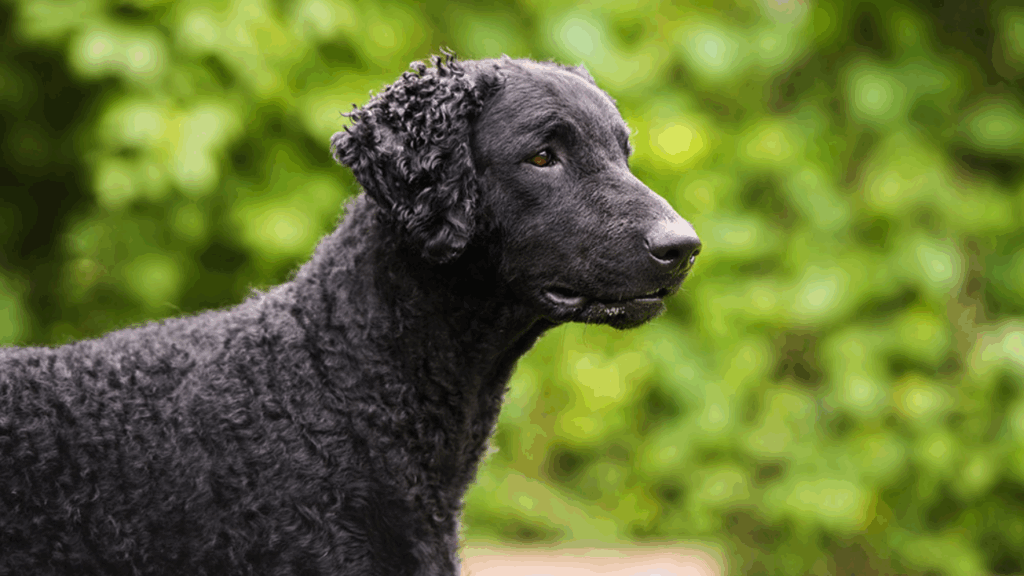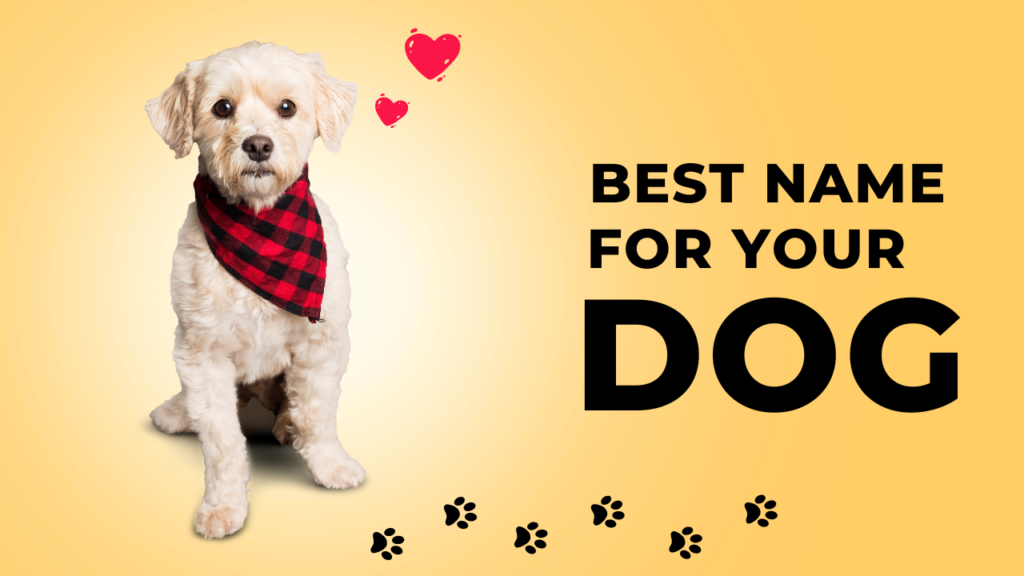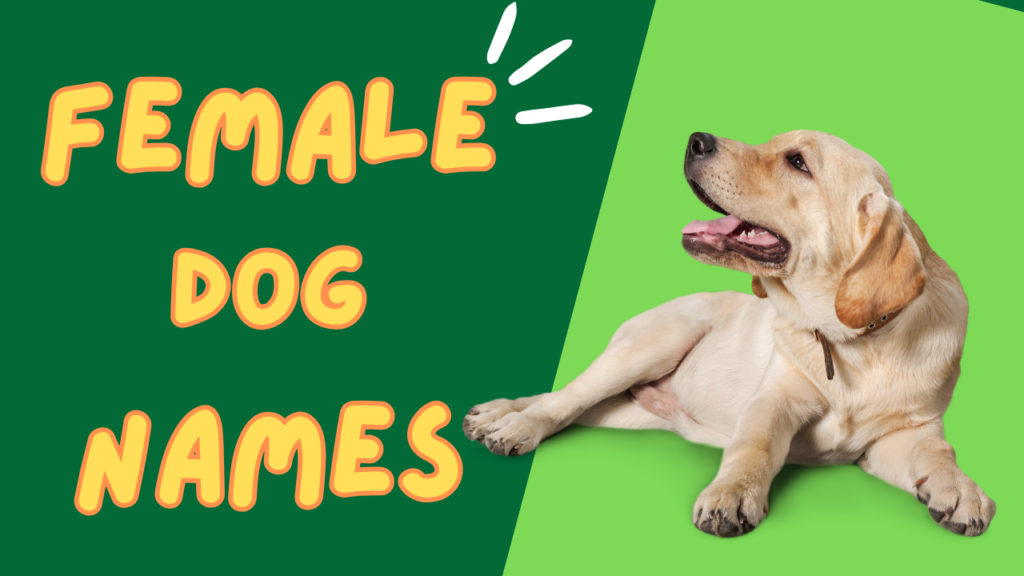The Curly-Coated Retriever is one of the most distinctive and versatile retriever breeds in the world, known for its unique curly coat, energetic personality, and outstanding abilities in hunting and retrieving. With a history as a waterfowl retriever and sporting companion, the Curly-Coated Retriever is a beloved breed among active families, hunters, and dog sports enthusiasts alike. They are intelligent, hardworking, and filled with a zest for life, making them an excellent companion for those who lead an active lifestyle.
Origins and History
The Curly-Coated Retriever originated in England in the 19th century, and is one of the oldest retriever breeds. It was developed to be a working gun dog capable of retrieving waterfowl in various environments, from water to dense underbrush. The breed’s curly coat and natural swimming ability made it an ideal candidate for the task.
While the exact origins of the Curly-Coated Retriever are not entirely clear, it is believed to be the result of crossbreeding between early retriever breeds, including the St. John’s Water Dog and possibly the Poodle. The breed was developed to be a versatile hunter that could retrieve game on land and water, with an emphasis on their natural retrieving instinct and water resilience.
The Curly-Coated Retriever was recognized by the American Kennel Club (AKC) in 1924 and has since gained popularity as a hardworking, reliable dog, especially in field trials and competitive hunting events.
Physical Characteristics
One of the defining features of the Curly-Coated Retriever is its unique curly coat. Unlike other retrievers, this breed has a dense, waterproof coat that is composed of tight, curly fur. This coat helps the dog stay dry and warm while working in cold water and wet conditions. Their coat comes in shades of dark brown (liver) or black, which are often seen in their sporting role.
Curly-Coated Retrievers are medium-to-large-sized dogs, with males standing between 23 to 27 inches at the shoulder and weighing between 60 to 80 pounds, while females are slightly smaller, standing 21.5 to 24 inches and weighing 50 to 65 pounds. Their body is well-proportioned, athletic, and agile, with a strong, muscular build that allows them to excel in physical activities.
They have a long, narrow head, well-defined jawline, and medium-sized, almond-shaped eyes that are usually dark and intelligent. Their ears are medium-sized and slightly wavy, contributing to their overall sleek appearance. The tail of the Curly-Coated Retriever is thick at the base and tapers to a point, typically held straight out while in motion.
Temperament and Personality
Curly-Coated Retrievers are known for their friendly, enthusiastic, and intelligent nature. They are highly social dogs that love to interact with their families, making them wonderful companions for individuals and families alike. They are typically good with children and can form strong bonds with their family members, making them a popular choice for active households.
This breed has a strong instinct for retrieving and is highly energetic, which means they require a good deal of physical and mental exercise to stay content. They are often described as being playful and mischievous, retaining a sense of fun and curiosity well into adulthood. Their zest for life can sometimes lead them to be a bit boisterous or exuberant, particularly if they do not get enough exercise or attention.
While they are friendly with strangers, they can be reserved or cautious around unfamiliar people, making them good watchdogs. However, they are not aggressive and are generally seen as good-natured, getting along well with other dogs and pets in the household.
Exercise and Training
The Curly-Coated Retriever is an active breed that needs a significant amount of exercise to stay healthy and happy. Due to their high energy levels, they thrive in environments where they can run, swim, and play. They enjoy long walks, runs, and, of course, water-based activities like swimming or retrieving. If not given enough exercise, they may become bored and exhibit undesirable behaviors, such as chewing or excessive barking.
Mental stimulation is equally important for this breed. They are highly intelligent dogs and enjoy engaging in activities that challenge them. Training is crucial for a well-behaved Curly-Coated Retriever, and they tend to do well with positive reinforcement methods, such as treats, praise, and play. Early training and socialization are essential to ensure they grow up to be well-adjusted and confident adults.
Because of their natural instinct for retrieving, they are excellent in dog sports like agility, obedience, and field trials. They are also commonly used as service dogs and therapy dogs due to their intelligence and trainability.
Grooming and Health
The curly coat of the Curly-Coated Retriever is one of the breed’s standout features, but it also requires regular grooming to maintain its health and appearance. The coat should be brushed at least once a week to prevent mats and tangles, and some owners opt to trim the coat for easier maintenance. Regular bathing is recommended to remove dirt and keep their skin and coat healthy.
In terms of health, Curly-Coated Retrievers are generally healthy dogs, but they can be prone to certain conditions, including:
- Hip and elbow dysplasia
- Progressive retinal atrophy (PRA)
- Ear infections (due to their floppy ears)
- Bloat, a potentially life-threatening condition in deep-chested dogs
- Cancer, particularly hemangiosarcoma and lymphoma
Regular vet visits, a healthy diet, and an active lifestyle can help mitigate some of these risks. With proper care, Curly-Coated Retrievers typically live 12 to 14 years.
Ideal Home
The Curly-Coated Retriever is best suited for active families or individuals who enjoy outdoor activities and can provide the dog with plenty of exercise and mental stimulation. They do well in homes with a yard or access to open spaces where they can run and play. While they can adapt to apartment living, they should be given plenty of opportunities for exercise, preferably in environments that allow them to engage in activities like swimming or retrieving.
This breed is not ideal for someone looking for a low-maintenance dog. They require time, attention, and space to thrive.
Conclusion
The Curly-Coated Retriever is a highly energetic, intelligent, and affectionate breed that makes an excellent companion for active families and individuals. Their unique curly coat, friendly disposition, and retrieving abilities make them stand out in the world of sporting dogs. Whether you’re looking for a loyal family pet, a hardworking hunting partner, or a competitive dog sports contender, the Curly-Coated Retriever can fill the role with enthusiasm and love.

Andy Parker is a dog lover, writer, and senior editor at BarkPicks. With years of experience covering canine health, training, and gear, he helps pet parents make smarter choices for happier, healthier dogs. Andy shares his home (and heart) with two rescue pups, Charlie and Mia.



